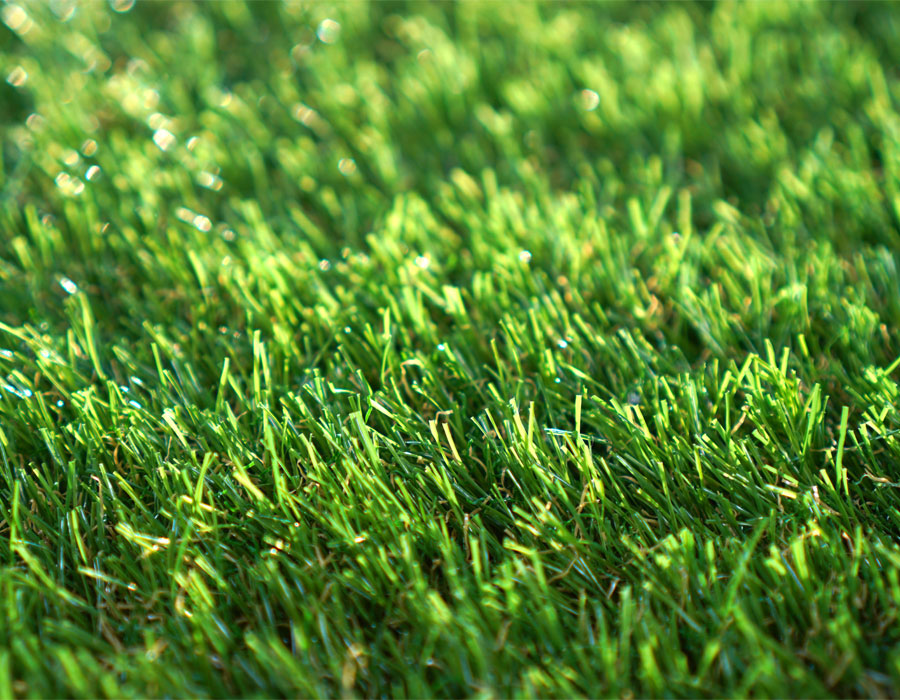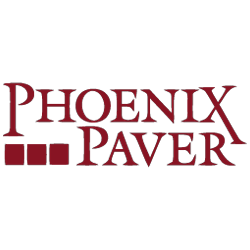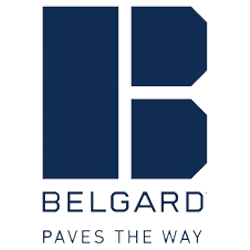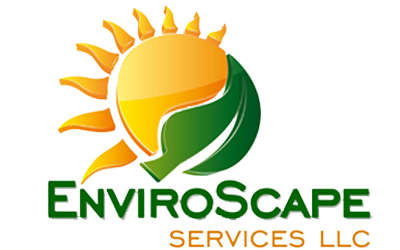Frequently Asked Questions
How do maintenance requirements differ between synthetic turf and natural grass landscaping?
The maintenance requirements for synthetic turf differ significantly from those of natural grass landscaping. Synthetic turf requires minimal upkeep, such as occasional brushing and rinsing, while natural grass demands regular mowing, watering, fertilizing, and pest control.
What questions should I ask when interviewing artificial turf installation companies?
When interviewing artificial turf installation companies, ask about their experience, the types of turf they offer, warranty details, installation process, and maintenance requirements. Additionally, inquire about references and their approach to handling specific landscaping needs.
What factors should we consider when choosing artificial turf for playground installation?
When choosing artificial turf for playground installation, consider factors such as safety ratings, durability, UV resistance, and maintenance requirements. Additionally, ensure the turf is non-toxic and suitable for high foot traffic to create a safe play environment.
What maintenance is required for artificial turf after installation?
The maintenance required for artificial turf after installation includes occasional brushing to prevent matting, rinsing to remove debris, and checking for any damages. Regular upkeep ensures longevity and keeps the turf looking its best.
What is the typical installation process for artificial turf projects?
The typical installation process for artificial turf projects involves several key steps: site preparation, grading, and compaction of the soil, followed by the installation of a weed barrier, infill, and finally, laying and securing the turf.
What factors should I consider when hiring an artificial turf installation company?
When hiring an artificial turf installation company, consider their experience, customer reviews, warranty options, and the quality of materials used. Ensure they offer tailored solutions that meet your specific landscaping needs and comply with local regulations.
What installation challenges have customers faced when choosing artificial turf for their homes?
Customers have faced several installation challenges when choosing artificial turf for their homes, including uneven ground, drainage issues, and ensuring proper infill material placement. These factors can impact the durability and appearance of the turf if not addressed correctly.
What are the most common installation mistakes to avoid when choosing artificial turf?
The most common installation mistakes to avoid when choosing artificial turf include improper sub-base preparation, neglecting drainage solutions, and failing to secure edges properly. These errors can lead to uneven surfaces, water pooling, and reduced longevity of the turf.
How does the longevity of synthetic grass compare to natural grass in landscaping design?
The longevity of synthetic grass significantly surpasses that of natural grass in landscaping design. While natural grass typically requires regular replacement due to wear and environmental factors, synthetic grass can last 15 to 25 years with minimal maintenance.
What are the cost differences between landscaping materials like grass vs synthetic turf?
The cost differences between landscaping materials like grass and synthetic turf are significant. While natural grass may have lower initial installation costs, synthetic turf offers long-term savings through reduced water usage and maintenance expenses, making it a cost-effective choice over time.
Artificial turf installation vs natural grass which is right for you?
The choice between artificial turf installation and natural grass depends on your lifestyle and maintenance preferences. Artificial turf offers durability and low maintenance, making it ideal for Arizona's climate, while natural grass requires regular upkeep and watering.
How does the installation process of premium synthetic grass affect my existing landscaping?
The installation process of premium synthetic grass can significantly enhance your existing landscaping by providing a durable, low-maintenance surface that complements your outdoor space while reducing water usage and upkeep.
What are the maintenance requirements for artificial turf after installation?
The maintenance requirements for artificial turf after installation are minimal. Regularly remove debris, occasionally rinse with water to prevent dust buildup, and brush the fibers to maintain an upright position.
What are the benefits of synthetic turf?
The benefits of synthetic turf include its durability, low maintenance requirements, and aesthetic appeal. It conserves water, remains lush year-round, and is safe for pets and children, making it an ideal choice for Arizona's desert climate.
How long does artificial turf last?
The lifespan of artificial turf typically ranges from 15 to 25 years, depending on factors such as quality, maintenance, and environmental conditions. Proper care can extend its longevity, making it a durable investment for your landscaping needs.
What is the cost of synthetic grass?
The cost of synthetic grass varies based on factors such as quality, installation size, and labor. Typically, homeowners can expect to pay between $5 to $20 per square foot, including materials and installation.
Can artificial turf withstand heavy foot traffic?
Artificial turf is designed to withstand heavy foot traffic. Its durable materials provide excellent resilience, making it an ideal choice for high-traffic areas, ensuring it maintains its appearance and functionality over time.
How is artificial turf installed in residential areas?
The installation of artificial turf in residential areas involves several key steps. First, the existing grass is removed, followed by leveling the ground and adding a base layer of crushed rock for drainage. Finally, the turf is laid down, secured, and infilled for stability.
What safety features should I look for?
The safety features to look for in artificial turf include non-toxic materials, adequate drainage systems to prevent water pooling, and UV protection to minimize heat retention. Additionally, ensure the turf has a soft, cushioned surface to reduce injury risks for children and pets.
How does artificial turf handle extreme temperatures?
Artificial turf is designed to withstand extreme temperatures, maintaining its integrity and performance even in harsh conditions. It reflects heat, minimizes surface temperature rise, and remains safe for pets and children, making it ideal for Arizona's climate.
What types of artificial turf are available?
The types of artificial turf available include nylon, polyethylene, and polypropylene, each offering distinct advantages in durability, softness, and UV resistance, making them suitable for various applications like residential lawns, sports fields, and pet areas.
How do I maintain synthetic grass effectively?
Maintaining synthetic grass effectively involves regular brushing to keep the fibers upright, rinsing to remove debris and dust, and periodic infill replenishment to enhance stability and softness. This simple routine ensures your artificial lawn remains clean and visually appealing.
What warranties are offered for artificial turf?
The warranties offered for artificial turf typically include a manufacturer's warranty that covers defects in materials and workmanship, often lasting 8 to 15 years, depending on the product. Additionally, installation warranties may be provided by Enviroscape Services, LLC., ensuring peace of mind for your investment.
Can pets use artificial turf safely?
Pets can safely use artificial turf. It is designed to be non-toxic, durable, and easy to clean, making it a perfect solution for pet owners while ensuring a comfortable space for play and relaxation.
How does artificial turf impact water usage?
Artificial turf significantly reduces water usage. Unlike natural grass, which requires regular watering to stay healthy, artificial turf needs little to no water, making it an eco-friendly choice that conserves water resources in arid climates like Arizona.
What are common misconceptions about synthetic grass?
Common misconceptions about synthetic grass include the belief that it is unsafe for pets and children, that it requires no maintenance at all, and that it heats up excessively in the sun. In reality, modern synthetic turf is designed for safety, requires minimal upkeep, and has heat management features.
How does artificial turf affect property value?
The impact of artificial turf on property value can be significant. It enhances curb appeal, reduces maintenance costs, and appeals to eco-conscious buyers, potentially increasing resale value in Arizona's desert climate.
What is the environmental impact of synthetic turf?
The environmental impact of synthetic turf includes reduced water usage, as it eliminates the need for irrigation, and decreased chemical runoff from fertilizers and pesticides. Additionally, it contributes to lower maintenance emissions, making it a more sustainable landscaping option.
How do I choose the right turf color?
Choosing the right turf color involves considering your landscape's aesthetics, the surrounding environment, and personal preferences. Opt for shades that complement your home and blend well with natural elements for a harmonious look.
What are the best practices for turf installation?
The best practices for turf installation include proper site preparation, ensuring a solid base, using high-quality materials, and following manufacturer guidelines for infill and maintenance. Additionally, consider drainage and sunlight exposure to enhance durability and performance.



